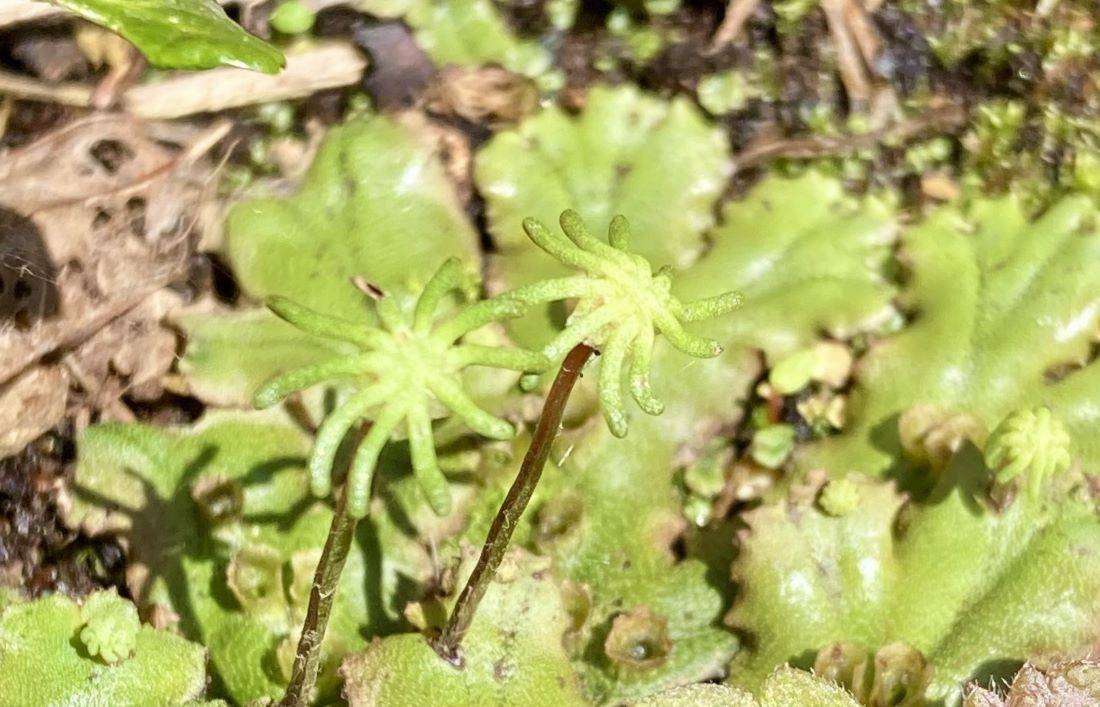
New research published in 'Nature Plants' and 'New Phytologist' sheds light on how DELLA proteins control how much a plant develops, when germination happens, and how plants respond to dangers such as drought and disease.
The key is not the ability of DELLA proteins to mutate over time, but rather their ability to interact with thousands of distinct transcription factors, the proteins responsible for DNA decoding.
Understanding the mechanisms that underpin DELLA protein functions can enable crop scientists develop novel plant proteins to grow crops with more resilience and yield, akin to the selective breeding procedures that launched the Green Revolution in the 1960s.
DELLA proteins with changed functions were found in several of the original Green Revolution breeding strains. Scientists from the Institute of Molecular and Cellular Biology of Plants (IBMCP) in Spain and the School of Biosciences at the University of Birmingham in the United Kingdom conducted the research.
"By understanding how the activity of these proteins changed over time, we can understand more about how it might be possible to tweak and engineer plants that are better adapted to our changing environment," said Dr. Juliet Coates of the University of Birmingham. The researchers analyzed mosses and liverworts, which are the plants most closely related to those early pioneering species, to see how DELLA proteins altered during the 450 million years since plants first arrived on land.
DELLA proteins in modern blooming plants are already known to be regulated by a plant hormone called gibberellin, which modulates the levels of DELLAs in response to environmental variables. They were able to show in the new investigations that, rather than having only simple interactions, the DELLA protein range in early plants was just as intricate, but also different from the connections observed in depth in modern crops such as wheat or rice.
Furthermore, whether or not the gibberellin hormone was present, these interactions were available. They were also able to discover a core set of interactions that were shared by all DELLA proteins and related to defence and responses to low oxygen levels.
"A very important area of work in gibberellin biotechnology is trying to obtain varieties or chemical compounds that allow us to achieve the desired goals without the side effects," stated co-author Dr. Miguel ngel Blázquez of the IBMCP. "Understanding how DELLA proteins evolved in nature over millions of years allows us to develop new ways for producing new DELLA variants with the necessary functionality."
















